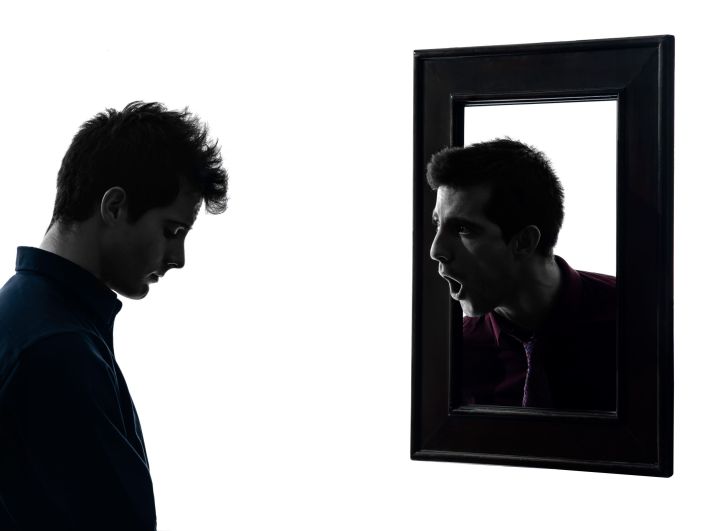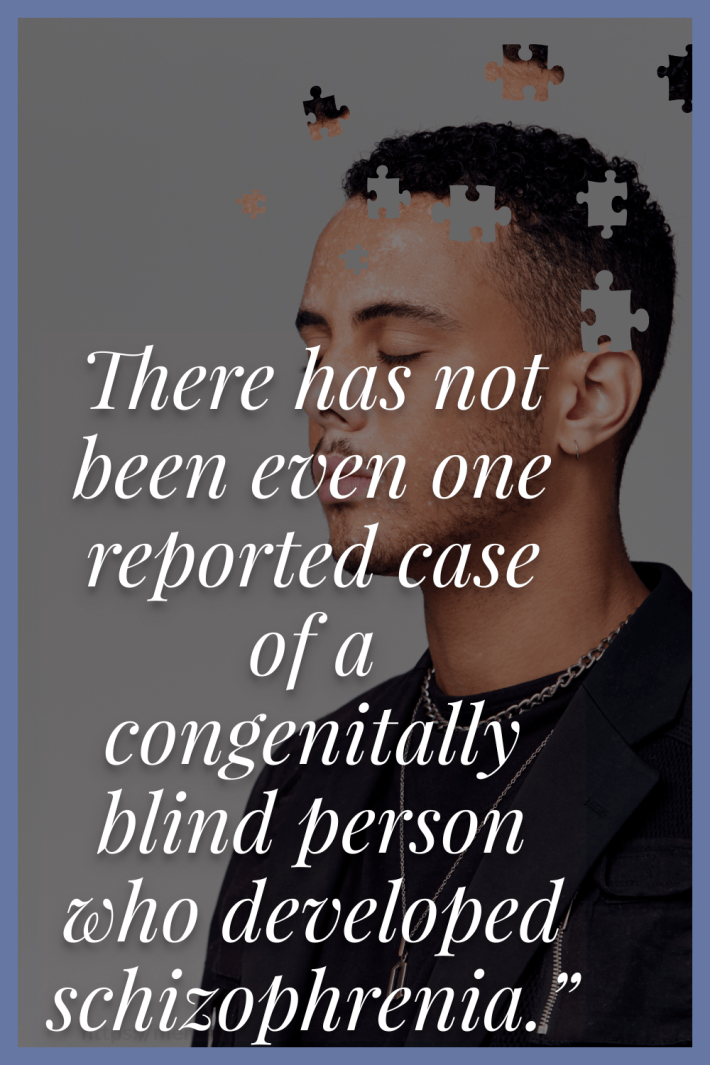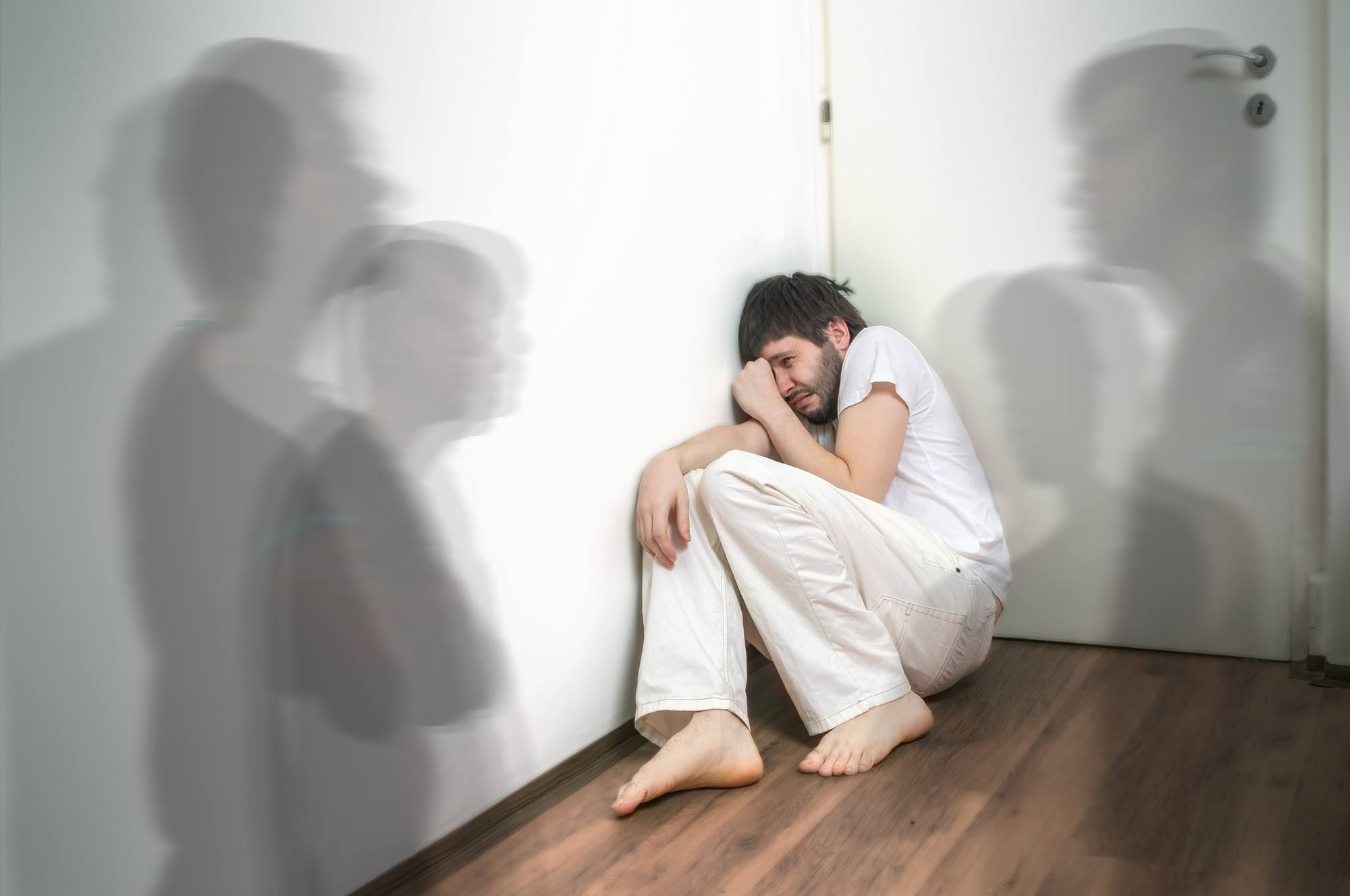- in Schizophrenia by Tony
Paranoid Schizophrenia: Learning and Managing this Condition

Paranoid schizophrenia is a complex and often debilitating mental illness that affects approximately 0.5% of the population.
Portrayed by a combination of hallucinations, delusions, and disorganised thinking, it can drastically impact a person’s ability to function in daily life.
In this article, we delve into the essential aspects of paranoid schizophrenia, including its symptoms, causes, and available treatments.
More...
The term “paranoid schizophrenia” is no longer used or recognised by experts. Instead, they tend to recognise schizophrenia as a specific disease in a spectrum of related conditions involving psychosis.
The American Psychiatric Association and the World Health Organization (WHO) had removed paranoid schizophrenia from their respective diagnostic manuals in 2013.
Who does it affect?

Schizophrenia typically occurs at varying ages depending on biological sex, with no significant rate differences.
It commonly begins between ages 15 and 25 for individuals assigned male at birth, and between 25 and 35 for those assigned female at birth. While rare, schizophrenia can also affect children; the condition tends to be more severe in these cases.
In infrequent instances, doctors may diagnose schizophrenia in someone under 13 years of age. This is called childhood-onset schizophrenia (COS).
Less than 1 in 40,000 children get this diagnosis, according to a 2019 review. Because childhood-onset schizophrenia is so rare, it is not well understood and difficult to diagnose, and until 1980, autism was then called “childhood schizophrenia.”
Symptoms of Paranoid Schizophrenia

Positive signs – any change in behaviour or thoughts, such as hallucinations or delusions.
1. Hallucinations: can involve the five sensory perceptions (Sight, Sound, Taste, Smell, or Touch) whose experience is not based on reality. Auditory hallucinations, such as hearing voices, are the most common form of paranoid schizophrenia. These hallucinations can be distressing and may contribute to the formation of their delusional belief.
2. Delusions: Individuals with paranoid schizophrenia experience persistent and irrational beliefs that are not based on truth. These delusions often involve themes of persecution, conspiracy, or grandiosity.
They may believe people on TV or in newspaper articles are communicating messages to them alone. They may assume that there are hidden messages in the colours of cars passing on the street, or find different meanings in everyday events or occurrences.
3. Paranoia: is characterised by a pattern of behaviour in which a person experiences distrust and suspicion towards others, leading them to act accordingly. Delusions and hallucinations are two symptoms that may involve paranoia. They may exhibit emotions of grandiosity, believing they have special powers or are destined for greatness.
4. Disorganised thinking: People with this condition often struggle with organising their thoughts and expressing themselves coherently. Some people need help concentrating and will drift from one idea to another. Their speech may be tangential, illogical, or contain invented words.
5. Social withdrawal: Due to their paranoid thoughts and disorganised thinking, individuals with paranoid schizophrenia may isolate themselves from social interactions, leading to a decline in personal relationships and overall functioning. However, becoming socially withdrawn and unresponsive or changing sleeping patterns can be mistaken for an adolescent “Life Phase”.
Negative symptoms experienced by people living with schizophrenia can include:
They do not want to look after themselves and their needs, such as not caring about personal hygiene. The negative symptoms of schizophrenia can often lead to relationship problems with friends and family, as they can sometimes be mistaken for deliberate laziness or rudeness. (NHS)
Causes of Paranoid Schizophrenia

The exact cause of paranoid schizophrenia remains unknown. However, research indicates that genetic, neurological, and environmental factors can contribute to its development.
Some potential factors include:
1. Genetics: Individuals with a family history of schizophrenia are likelier to develop the condition. However, it is essential to note that genetics alone do not determine the onset of paranoid schizophrenia.
2. Neurological abnormalities: Studies have shown that people with paranoid schizophrenia often have structural and functional brain abnormalities. These abnormalities affect the brain regions responsible for processing sensory information and regulating emotions.
3. Environmental factors: Prenatal exposure to viruses or malnutrition, complications during birth, and childhood trauma or abuse may increase the risk of developing paranoid schizophrenia. Also, severe stress or drug use can increase an individual’s risk of developing the condition.
Prodromal period of schizophrenia.
The negative symptoms of schizophrenia can often appear several months or years before somebody experiences their first acute schizophrenic episode, with symptoms such as delusions or hallucinations.
These initial negative symptoms are often called the prodromal period of schizophrenia. Symptoms during the prodromal period usually appear gradually and slowly get worse, and it can be hard to tell if these are symptoms of schizophrenia or something else.
Treatment and Management

Treatment for paranoid schizophrenia typically involves a combination of medication, therapy, and support services. The primary goal is to reduce symptoms, improve daily functioning, and enhance overall quality of life.
1. Antipsychotic medication: Medication is usually the first line of treatment for paranoid schizophrenia. Antipsychotic drugs help in managing symptoms such as hallucinations and delusions. Individuals must work closely with a healthcare professional to find the most suitable medication and dosage.
2. Psychotherapy: Various forms of psychotherapy, such as cognitive-behavioural therapy (CBT), can aid individuals in challenging and modifying their delusional beliefs and managing their symptoms. Therapy can also assist in developing coping strategies, improving communication skills, and enhancing social functioning.
3. Support services: Supportive services like vocational rehabilitation, housing assistance, and community support groups can be essential in helping individuals with paranoid schizophrenia reintegrate into society and maintain stability.
4. Self-care and lifestyle changes: Encouraging self-care practices, such as regular exercise, healthy eating, and ample rest, can contribute to overall well-being. Avoiding drugs and alcohol is particularly important, as substance abuse can worsen symptoms and affect treatment effectiveness.
Anosognosia in schizophrenia refers to a lack of awareness or insight into one's own mental illness. It is a common symptom experienced by individuals with schizophrenia, where they are unable to recognise or accept that they have a mental health condition.
Anosognosia can make it challenging for individuals with schizophrenia to seek and adhere to treatment, as they may not believe that they are in need of help.

In conclusion, Paranoid schizophrenia is an outdated term for schizophrenia, but paranoia is still a common symptom. Schizophrenia is disorienting and frightening, causing a loss of touch with reality. People with this condition struggle to trust those who want to help, thus, challenging diagnosis and treatment.
With early diagnosis, appropriate medication, therapy, and a robust support system, individuals with schizophrenia can lead fulfilling lives and manage their symptoms effectively. However, this medication will be required for life, to avoid severe complications and remain active and productive in the future.
Finally, If you suspect you or someone you know may be experiencing signs of paranoid schizophrenia, seeking professional help for an accurate diagnosis and appropriate treatment is crucial.
Further Reading
Brda, David, and Eric C. H. Tang. "Visual Hallucinations From Retinal Detachment Misdiagnosed As Psychosis." Journal of Psychiatric Practice, 2011, https://doi.org/10.1097/01.pra.0000396066.79719.c5.
https://www.nhs.uk/mental-health/conditions/schizophrenia/symptoms/
Exercise for Chronic Disease Relief - HealthLibrary. http://healthlibrary.epnet.com/GetContent.aspx?token=3e5dbc25-ab4e-4419-a847-31a4e7a92e96&chunkiid=14728
Idiopathic Neuropathy: Exploring Causes, Symptoms, and Treatment Options. https://gshs.org/idiopathic-neuropathy-exploring-causes-symptoms-and-treatment-options/
ADHD And Relationships | M.D.D Dating Coach, Couples Therapy, Breakup Counselling, Personal development Consultancy. https://relationshipsmdd.com/adhd-and-relationships/



